There are more than 40 national parks and reserves in Canada, each of which is distinguished by its geological wonders and serene landscapes. There are so many natural beauties here: from impressive glacial lakes to magnificent mountain peaks and winding trails – where to start?
This guide to the national parks of Canada was created to help tourists with tips on what to do, where to go, and what not to miss.
Banff National Park
Banff National Park is home to some of the most spectacular mountain scenery and landscapes in the world. The park offers excellent opportunities for hiking and traveling, and after a long hike, you can enjoy the Banff hot Springs.
The city is a tourist center where you can stay overnight or enjoy numerous restaurants, cafes, and canteens. You can stroll through the streets and shops or admire the view of the mountains and the Bow River from the city bridge. If you love nature, it is always useful to escape from the hustle and bustle and go exploring the mountains along one or more hiking trails. If you are not too fond of going to bear country, there are many wonderful places in the vicinity of Banff, for example, Cascade Gardens, or a trip along the Bow Valley Parkway to Johnston Canyon, which offers amazing views and unique walking paths along the walls of the canyon.



Hiking trails: Fenland Trail, Six Glaciers Plain, Johnson Lake, Boom Lake, Sundance Trail.
Activities: in summer: horse riding, canoeing, rafting; in winter: snow tubing, dog sledding, ice skating, skiing.
Attractions: Lake Louise, Lake Minnewanka, hot springs, Johnson Canyon, Peyto Lake, Moraine Lake, Cascade Gardens, White Museum, Bow Falls.
Jasper National Park
Jasper National Park is a great place for a light or moderate hike. Here you can visit Mount Edith Cavell or go to the Valley of Five Lakes, it is an easy or moderate route that takes about two hours.
It is recommended to take a look at the Athabasca Glacier – it is a short, relatively steep hike to the top of the glacier, where you can take some incredible photos.
If you get to Lake Malinier, relax and enjoy the peaceful nature, and then head to Jasper Town to walk around this quaint town. There are many wonderful restaurants, cafes, and shops here.


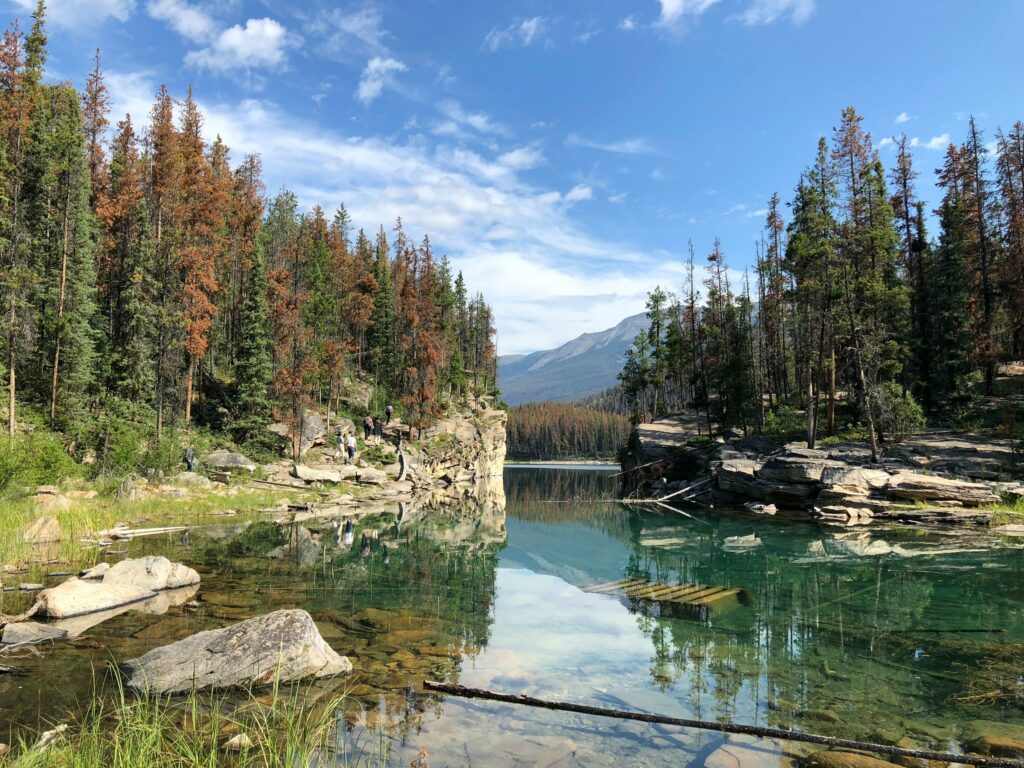

You can also wander through the side streets, breathing in the fresh mountain air and taking photos of the majestic mountains and this picturesque town.
Walking routes: Lac Beauvert, Old Fort Point Loop, Pyramid Lake Loop, Maligne Canyon, Opal Hills Loop, Valley of the Five Lakes.
Activities: Glacier walking, boat tours, Wildlife watching, SkyTram, Golf.
Attractions: Mount Edith Cavell, Miette hot springs, Lake Maligne, Athabasca Falls.
Yoho National Park
This lesser-known national park boasts breathtaking mountain scenery, alpine wildlife, wild animals, and crystal clear lakes. The park also has the second-highest waterfall in Canada – Takakkou Waterfall. Yoho offers the same stunning beauty as Banff, but with fewer tourists.
Burgess Shale Fossil Beds is a world-famous fossil discovery site featuring incredible specimens of the world’s preserved prehistoric marine organisms.

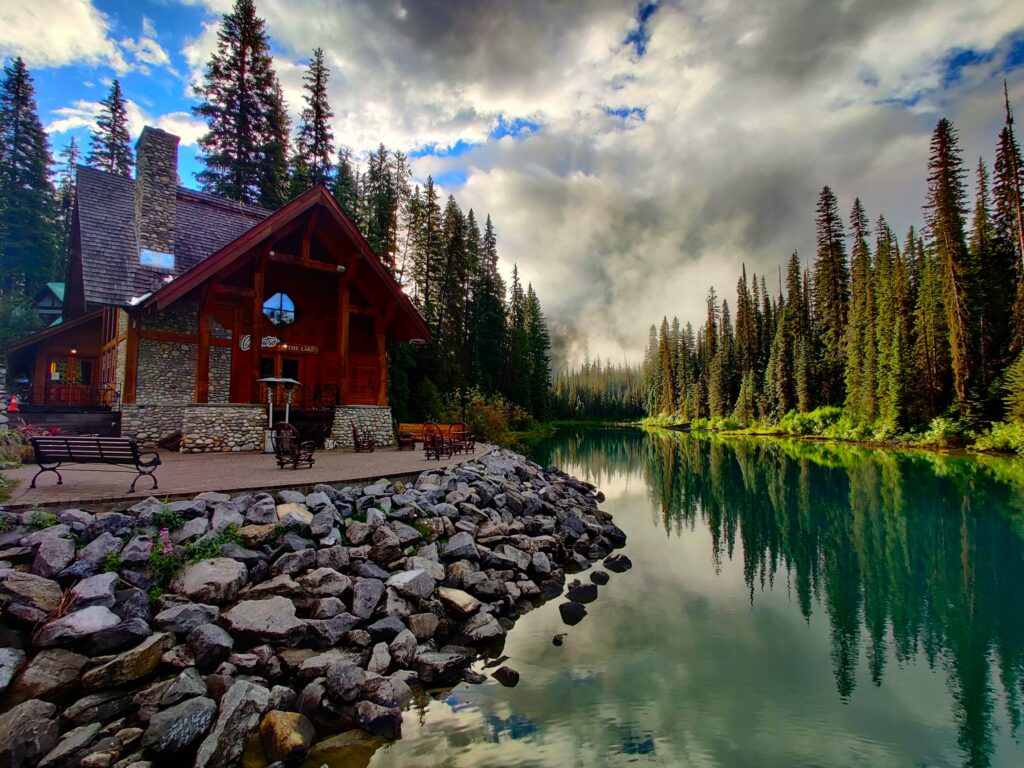

Hiking trails: Yoho Pass, Sherbrooke Lake, Fieldstone, Laughter Waterfall, Emerald Lake Loop, Abbot Pass, Aisling Trail.
Activities: Scenic riding, wildlife watching, mountain biking, canoeing, skiing, cycling, fishing.
Attractions: Takakkau Waterfall, Emerald Lake, Burgess Shale Fossils, Lake O’Hare Wildlife Area, Field Village.
Waterton Lakes National Park
Waterton Lakes National Park is located in a corner of Alberta. Its prairie meadows and hills are home to many wildlife and a wide range of natural attractions, including Cameron Falls and Red Rock Canyon. The park has several wonderful places to observe wildlife.
There are many lakes and waterfalls, as well as towering snow-capped mountains and a charming town. Hikers can walk along several trails, from easy to difficult.


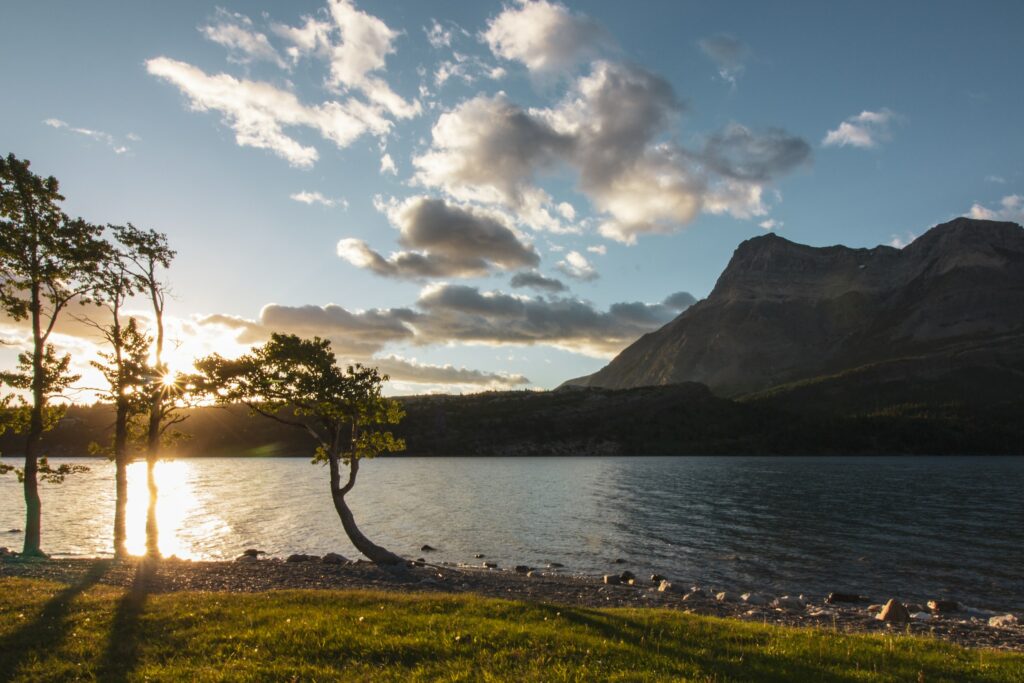

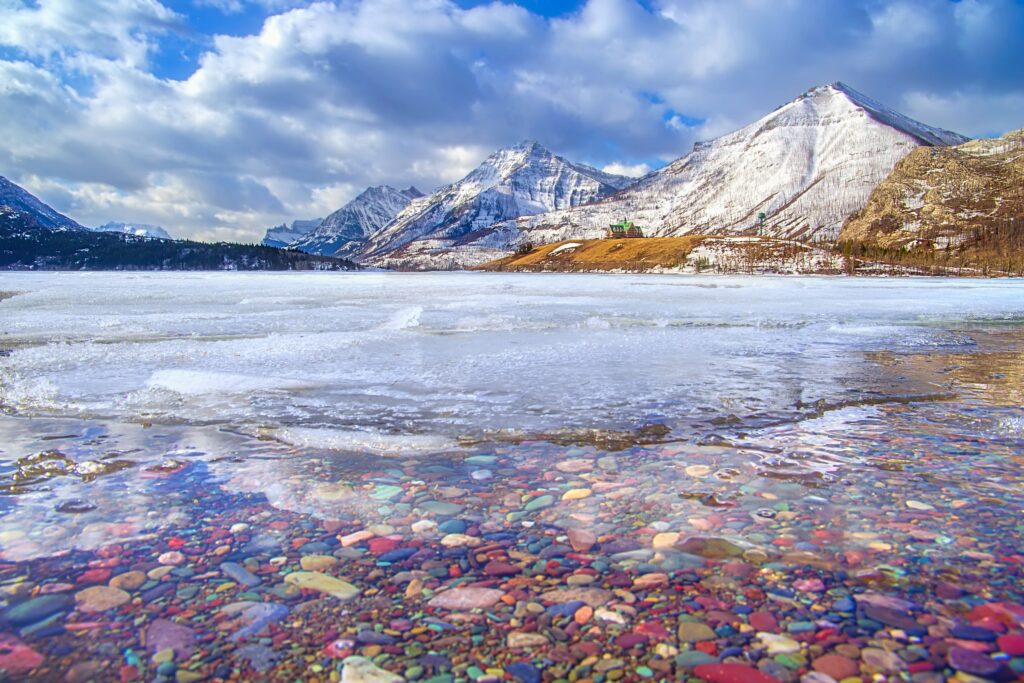
Hiking trails: Carthew Alderson Trail, Lower Bertha Falls, Crypt Lake, Bear Hump, Forum Lake, Wall Lake.
Activities: Boating, Horse riding, golf, cruises
Attractions: Cameron Lake, Crypt Waterfall, Lyneham Waterfall, Akamina-Kishinena Provincial Park.
Kootenay National Park
Embark on a scenic trip or hike the trails deep into the park, exploring deep canyons, rugged terrain, and spectacular waterfalls. You can reconnect with nature at campsites that are within walking distance of trails and scenic landscapes. For short hikes, Sinclair Canyon and Redstrike Loop are recommended, where you can admire the beautiful scenery, and for a one-day hike, try going to the Helmet-Ochre intersection or the Valley of Prospectors.


Many hikes require driving on rough roads, so make sure you have collected the necessary supplies and drive a car that meets the road conditions. At the end of a long day, take a dip in the hot springs to relax and unwind surrounded by nature.
Hiking trails: Stanley Glacier, Sinclair Canyon, Redstrike Loop, Helmet-Ohr Intersection, Prospectors Valley, Simpson River, Stanley Glacier (moderately difficult).
Activities: Picnics, wildlife watching, fishing, hot springs, snowshoeing, skiing.
Attractions: Hanging Glacier Lake, Welsh Lakes, Marble Canyon, Numa Waterfall.
Thousand Islands National Park
The charming landscape of the Thousand Islands National Park is ideal for birdwatching by the river, canoeing, or kayaking, you can even take a motorboat to the islands for further exploration. There are two sandy beaches: one on the Central Island of Grenadier, and the other on the island of Tvartway. In addition, there are many excellent places for swimming in the park.

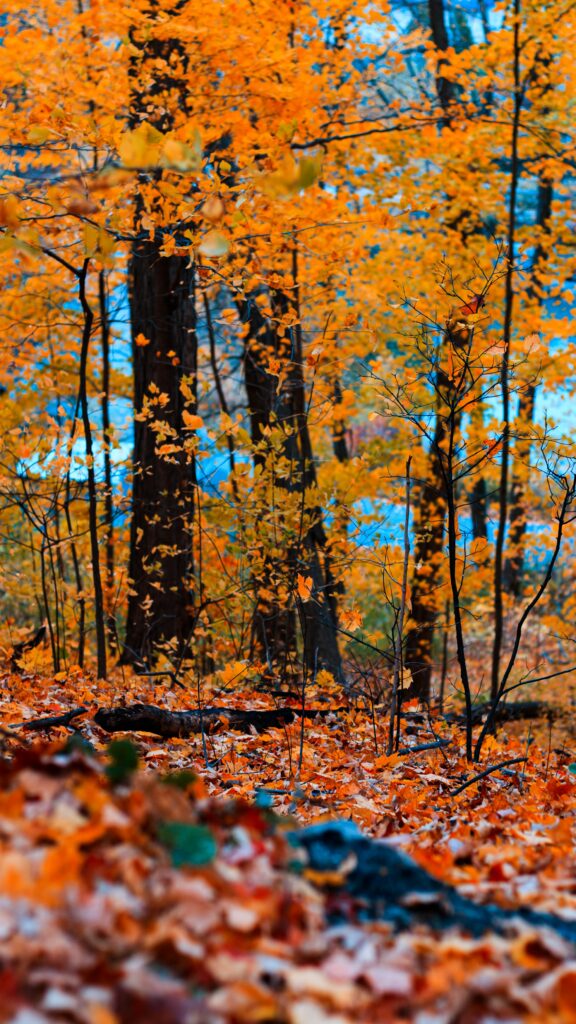
On the hiking trails, you can see rare species of birds and turtles. This captivating wildlife is just a few hours away from Toronto or Montreal. Thousand Islands is an idyllic combination of accessibility and wildlife.
Hiking trails: Smoky Fire Trail, Six Nations Trail.
Activities: Dog walking, rowing, kayaking, mooring, fishing, cycling, bird watching, windsurfing, motor boating, swimming.
Fundy National Park
Fundy National Park has wonderful hiking and cycling activities for all ages.
Experience the world’s highest tides in the Bay of Fundy, go kayaking, or go deep into the park, where trails lead to waterfalls in the Acadian forests. Embark on the Fundy Circuit, which connects 48 kilometers of hiking trails in the Fundy National Park, showing picturesque lakes, river valleys, beaches, and coastal forests.
Mountain bike enthusiasts can enjoy the undulating trails from McLaren Pond, Black Horse, East Branch, Maple Grove, and Bennett Brook, where there are more challenging trails. In winter, visitors can walk on snowshoes or walk in the park, as well as go down the hills on a sled. In summer, you can enjoy the Sounds of Summer concert series or the Rising Tide Festival. Exchange songs and stories while falling asleep to the sounds of nature and the crackling of the campfire.


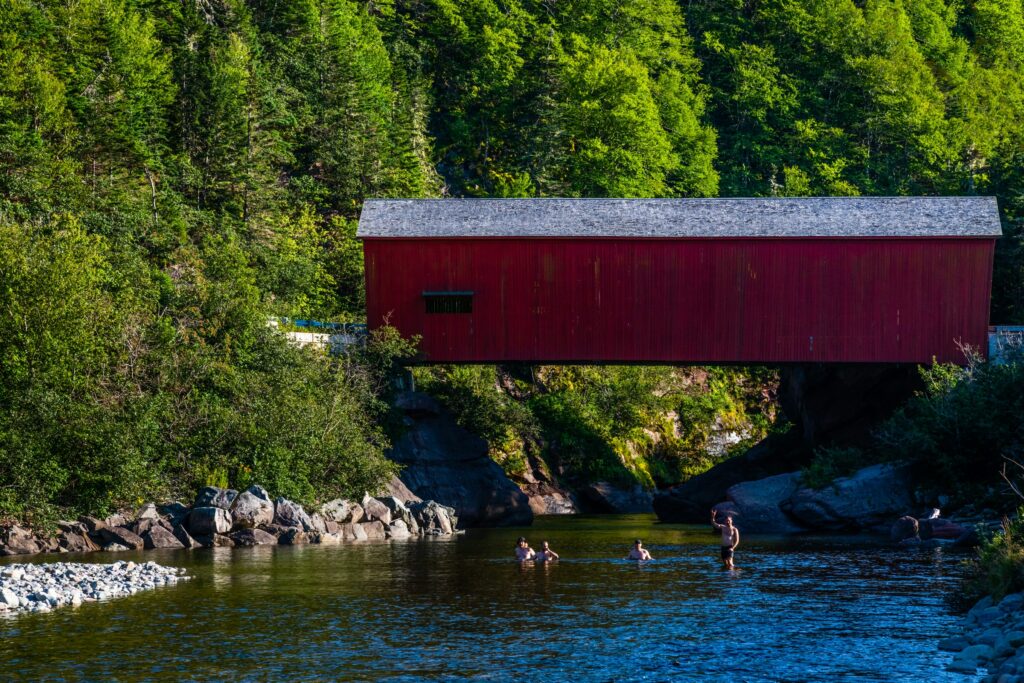
Regardless of whether you are an avid tourist or like a slower pace, Fundy should be on your must-see list.
Walking routes: The Fundy Circuit, The Dobson Trail, The Fundy Footpath.
Activities: Fishing, rowing, sledding, photography, swimming, canoeing, stargazing, tennis.
Attractions: Molly Cool House
Cape Breton National Park
The hiking trails of Cape Breton Highlands National Park range from easy to challenging, with 360-degree views of the striking canyons, highlands, and coast. The trails offer beautiful views of Ingonish Bay and the coniferous forests of the Cape Breton Highlands, which will allow you to get acquainted with the natural habitat of the Northern Cape.
Choose a picnic spot and enjoy the surrounding nature for a while. If you love seafood, attend the “Learn How to Cook Lobsters” lessons, where you can hone your culinary skills by cooking and enjoying fresh lobster on the shore. If you are a night owl, there are also tours that you can visit “after dark” to truly immerse yourself in the night like never before, under the cover of shining stars.


Walking routes: Acadian, Salmon Pools, Le Chemin du Buttereau, Le Buttereau Loop, Corney Brook.
Activities: Boating, kayaking, sightseeing, skiing, stargazing, cycling, mountain biking, fishing, snowshoeing.
Attractions: Benji Lake, Fisherman’s Bay, La Block, Cap-Rouge Exposition, Veterans Monument, Fisherman’s Bay Observation Deck, Mount Mackenzie.
Terra Nova National Park
Terra Nova National Park has more than 80 kilometers of hiking trails – from short walks to more strenuous multi-day hikes.
More than 200 kilometers of coastline with many rivers, lakes, and ponds make canoeing, sea, and river kayaking a great way to get acquainted with the natural beauty of Terra Nova.

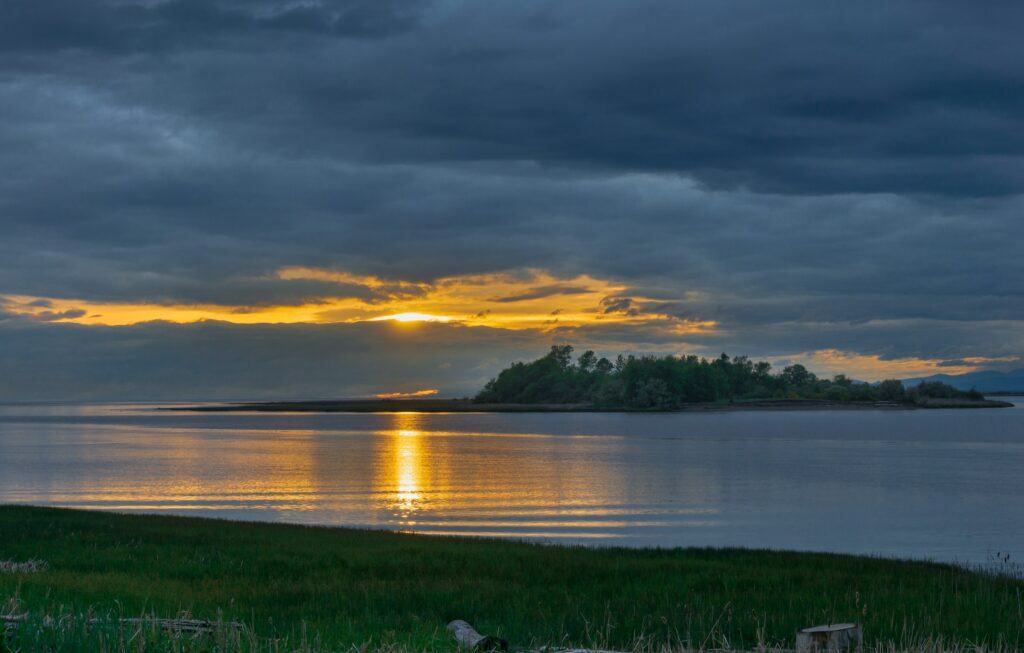
Terra Nova is an outdoor playground for adventure lovers of all ages. Visit the sensory aquarium and chat with marine life, or take part in guided walks and watch a movie in an open-air cinema. Climb Ochre Hill to enjoy stunning sea views, or go kayaking among seals and whales in Sandy Pond.
Hiking trails: Malady Head Trail, Louill Hill Trail, Gouwiddie Trail, Coastal Trail, Campground Trail, Outport Trail, Ochre Hill Trail, Sandy Pond Trail, Heritage Trail.
Activities: Swimming, Beach, Canoeing, Rowing, boat trips, fishing, kayaking
Gros Morne Park
Located on the west coast of rugged Newfoundland, Gros Morne National Park is a UNESCO World Heritage Site and Canada’s second-largest national park. Take the time to explore the stunning fjords, stroll through the quaint seaside towns and get to know the unique geology of this area. Take hiking trips to the high alpine slopes, where white hares and partridges live and get acquainted with the colorful atmosphere of seaside villages.

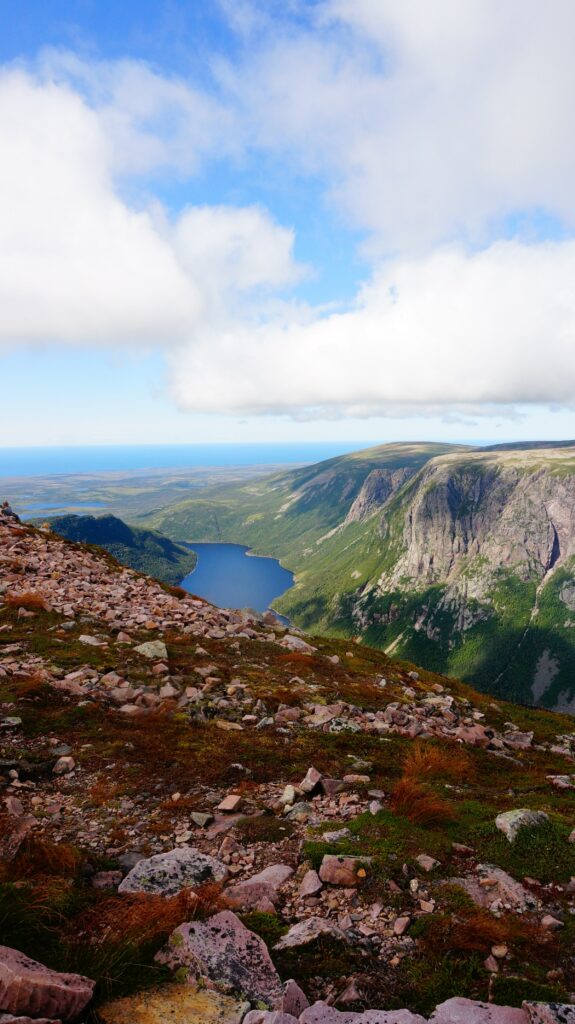

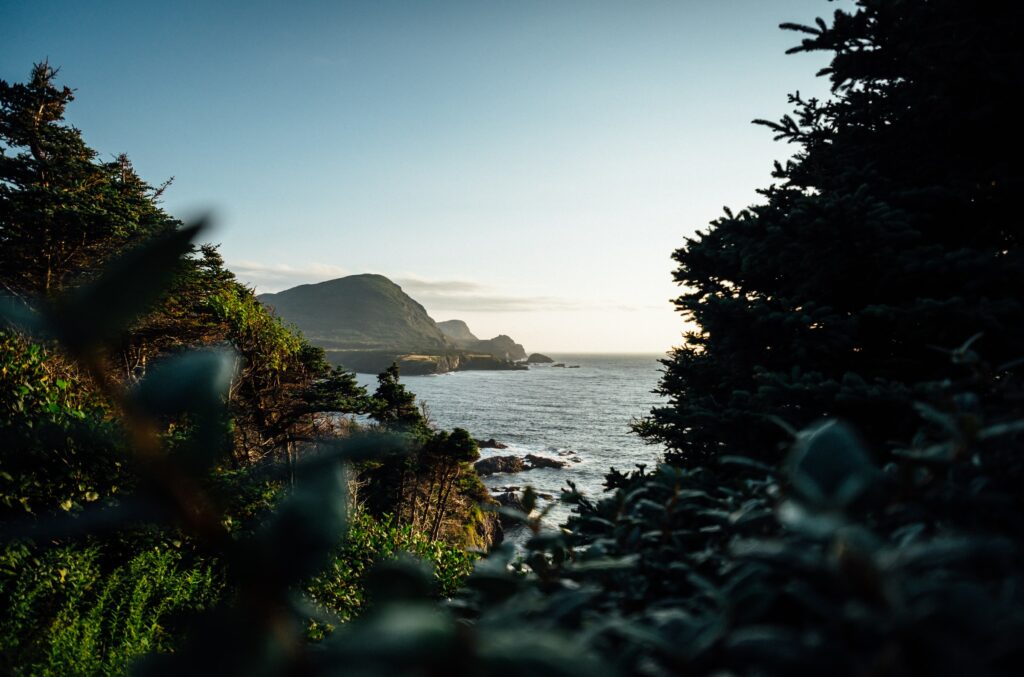
Take a stroll along the coastal paths and take a cruise through the dramatic gorge of Western Brook Pond. This quiet place is an ideal place to watch moose and caribou.
Hiking trails: Trout River Pond, Green Gardens, Table Lands, Observation Deck, Stanleyville, Stackless Pond, Southern Brook Waterfall.
Entertainment: Kayaking, skiing, ice skating, beach, mountaineering, boating, golf, photography.
Attractions: West Brook Pond, Lobster Cove Head Lighthouse Exhibit.
Additional tips
- Know your limits – choose routes that match your fitness and experience level.
- Take with you everything you need – a jumper or a warm coat, as well as suitable hiking shoes (with good grip and support). Take a bottle of water and snacks with you!
- Be organized – make sure someone knows where you plan to go and when you should be back.
- Stick to the marked trails for your safety – you can easily get lost if you stray too far from the trail.
- Keep parks clean – carry garbage with you.
- Pay attention to local guides who will tell you about endangered and protected species – there are rare species in some parks. You can see them if you know where to look!
Swimming safely
- Avoid swimming in areas with heavy boat traffic – boat rowers may not notice you.
- Not all beaches and lakes are patrolled – you are responsible for your safety, and always monitor children by the water.
- Currents in rivers and the ocean can be strong even for experienced swimmers.
- The water temperature suitable for swimming happens from June to August – it is not recommended to swim in the colder season because of the risk of hypothermia.










